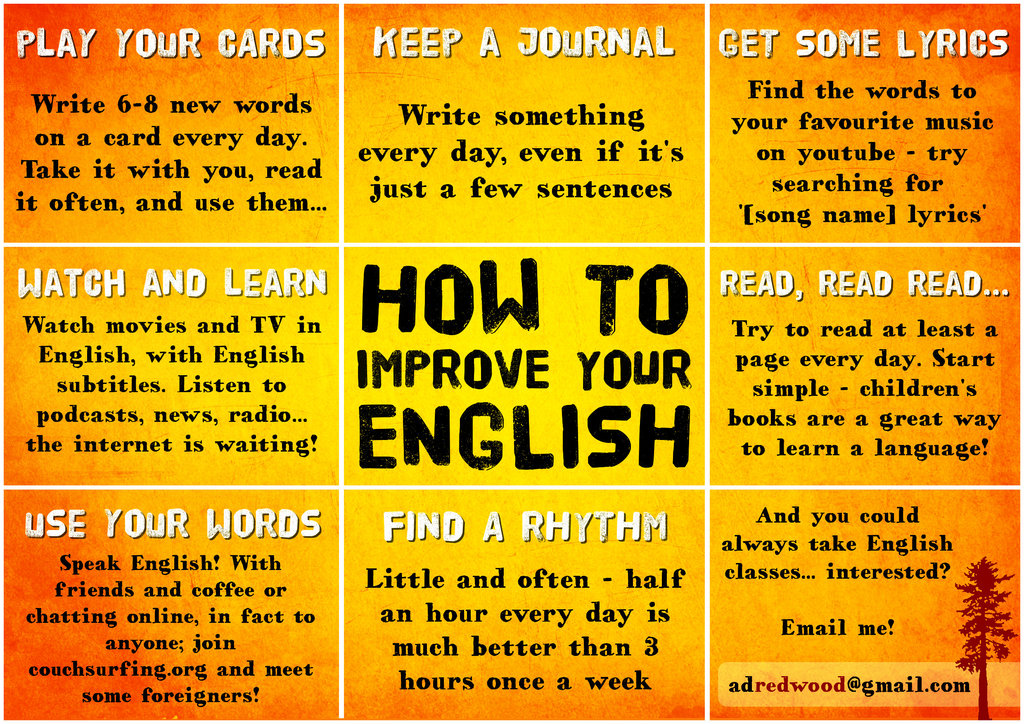How to Study Best in Any Language: A Comprehensive Guide
Learning a new language is a rewarding journey, but it requires dedication and effective strategies. Here’s a comprehensive guide to help you study best, regardless of the language you’re learning:
1. Set Clear Goals and Motivation:
- Why are you learning? Knowing your reason for learning will keep you motivated and focused.
- Define your goals: Set realistic and specific goals (e.g., conversational fluency in 6 months, reading a book in the target language).
- Create a plan: Break down your goals into smaller, manageable steps.

2. Choose the Right Resources:
- Textbooks and workbooks: These provide a structured learning path and exercises.
- Language learning apps: (Duolingo, Babbel, Memrise) Offer gamified learning and interactive practice.
- Online courses: (Coursera, edX) Provide comprehensive programs with expert instruction.
- Immersion resources: Movies, TV shows, music, and podcasts.
3. Focus on Active Learning:
- Immerse yourself: Surround yourself with the language as much as possible. Listen to music, watch movies, read books, and even use language learning apps during your commute.
- Practice speaking: Find opportunities to speak with native speakers, whether through language exchange programs, online communities, or local language meetups.
- Write and read: Journaling in the target language and reading simple texts can help you solidify vocabulary and grammar.
4. Develop Effective Study Habits:
- Consistency is key: Set aside dedicated study time each day, even if it’s just 15 minutes.
- Mix up your learning methods: Avoid getting bored by using different resources and techniques.
- Review regularly: Revisit old material to reinforce what you’ve learned.
- Find a study buddy: Learning with a partner can motivate you and provide a space for practice.
5. Master the Basics:
- Vocabulary: Start with essential vocabulary related to everyday life. Use flashcards, spaced repetition software, and vocabulary lists.
- Grammar: Focus on core grammar concepts and practice them through exercises and real-life scenarios.
- Pronunciation: Pay attention to sounds and intonation from the beginning. Record yourself and listen for areas to improve.
6. Embrace Mistakes and Seek Feedback:
- Don’t be afraid to make mistakes: It’s a natural part of the learning process. Learn from your errors and try again.
- Ask for feedback: Get help from native speakers or teachers to identify areas for improvement.
7. Stay Motivated and Enjoy the Journey:
- Celebrate your progress: Acknowledge your achievements and reward yourself for your hard work.
- Find ways to make it fun: Choose resources and activities that you enjoy.
- Connect with the culture: Explore the language’s history, literature, and cuisine.
Remember: Learning a new language is a marathon, not a sprint. Stay patient, and persistent, and enjoy the process!
